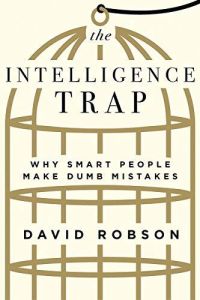
Book
The Intelligence Trap
Why Smart People Make Dumb Mistakes
Recommendation
A high IQ can be meaningless if you’re not thinking soundly, and bright people can misuse their intelligence to reinforce biases. Being smart, it turns out, is not the same as being wise. Author David Robson explains the ways intelligent people form erroneous and even irrational opinions. He links the latest research findings about improving mental flexibility and beating the “traps” of intelligence to interesting stories about how smart people made big mistakes.
Summary
About the Author
Journalist David Robson’s work has appeared in BBC Future, New Scientist, The Atlantic and other publications.
By the same author
Learners who read this summary also read
Book
Book
Book
Book



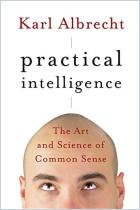
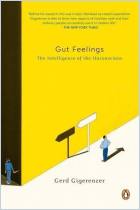
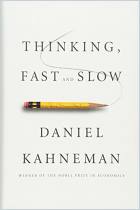
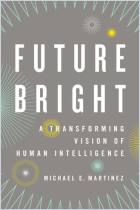
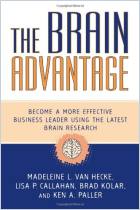
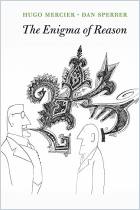





Comment on this summary